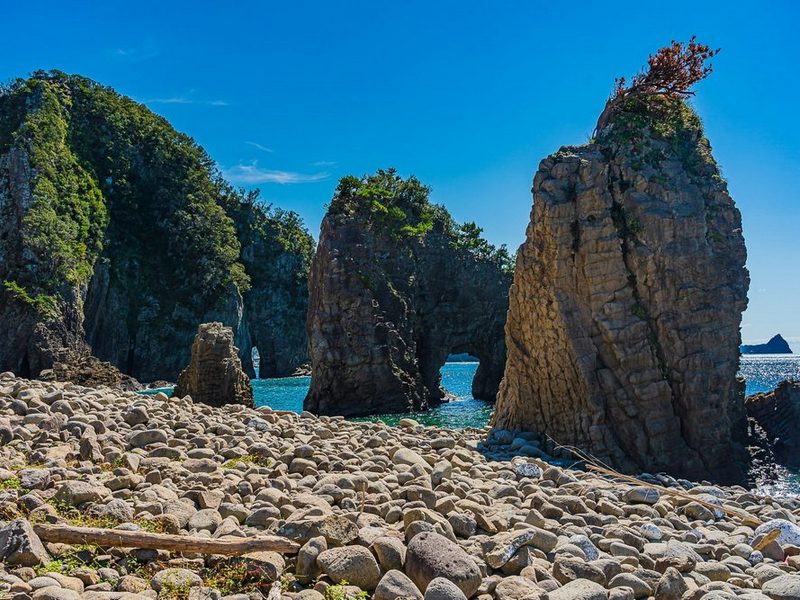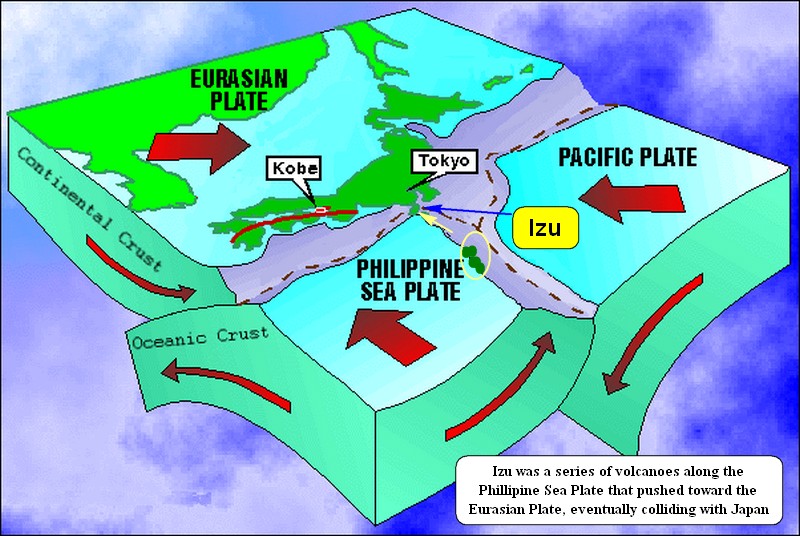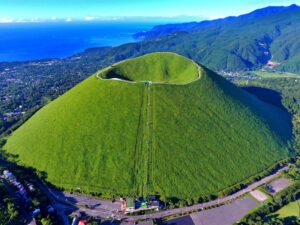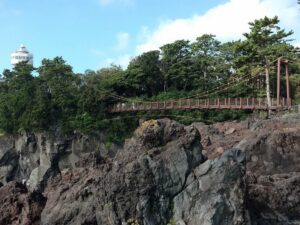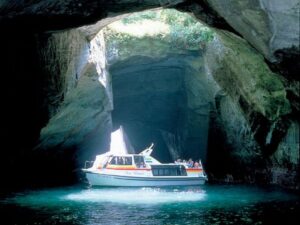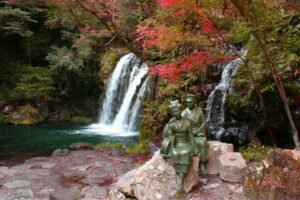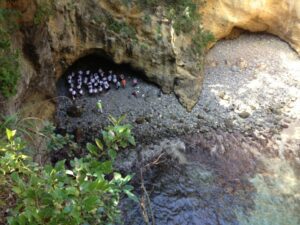Why is the Izu Peninsula is One of the Most Unusual Places on Earth?
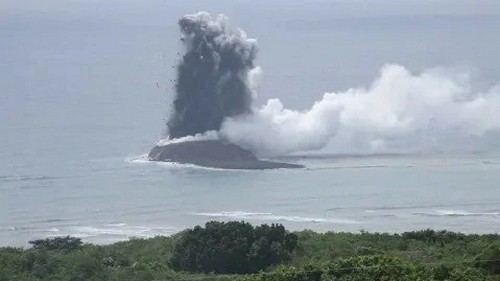
So how did Izu get where it is today? This is what makes it so incredible. The Izu Peninsula began as a series of volcanic hot spots, volcanoes that erupt on the ocean floor and push up to the surface, forming islands like Hawaii. These mysterious hot spot volcanoes are made of magma in the earth’s core that find their way through cracks in tectonic plates, in the case of Izu, the tectonic plate is the Philippine Sea Plate.
But wait a minute, doesn’t Japan sit on the Eurasian Plate? You’re right. The rest of Japan sits on the Eurasian Plate. The Izu Peninsula is the only part of mainland Japan that sits on the Philippine Sea Plate!
Tectonic Plates
It’s all coming back to you now, isn’t it? That’s right. Tectonic plates are roughly 100 km (60 miles) thick terrestrial masses floating around on top of the earth’s mantle. They bump into each other and one winds up getting folded (subducted) under the other. In the case of Izu, those hot spot volcanic islands were carried along the Philippine Sea Plate until it subducts under the Eurasian plate right here between the Suruga and Sagama Bays. The islands just piled up and formed the Izu Peninsula.
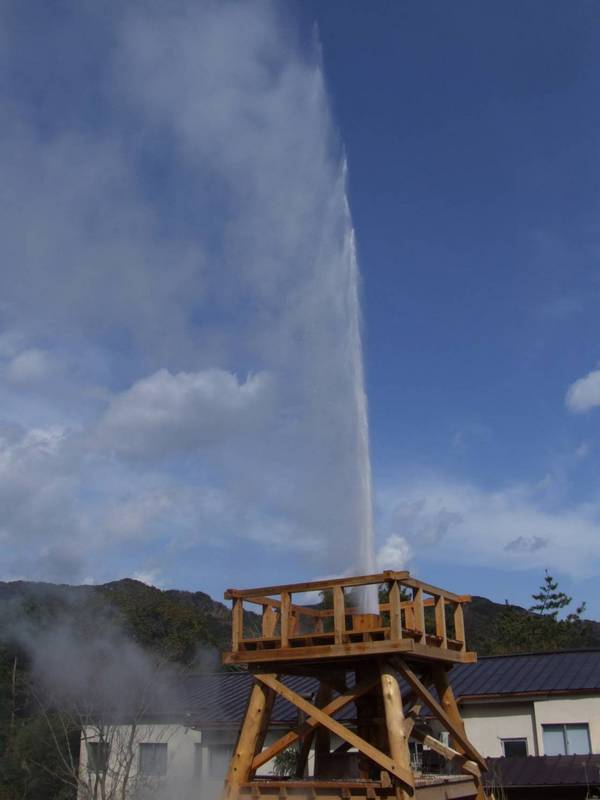
That’s some pretty wild stuff when you think about it. In fact, the Philippine Sea Plate continues to subduct under the Eurasian Plate at a rate of at least 4 centimeters per year! All that tectonic activity explains why two of the three highest volume of onsen (hot spring) sources are here in Izu – the cities of Atami and Ito.
It also explains why much of the scenery in Izu is very different. That includes plant and animal life that are found only here.
Izu Peninsula Global Geopark
UNESCO Global Geoparks were conceived as “geographical areas where sites and landscapes of international geological significance are managed with a holistic concept of protection, education and sustainable development.” That’s why the Izu Geopark Association does such a great job of explaining the significance of Izu’s unique landscapes. If you’ve ever been curious about how our planet works, Izu gives you the chance to experience it firsthand. If you’re not so interested, just enjoy the scenery while sitting in one of our many onsen.
Five Geological Wonders You Can See Up Close
If the forces that shaped Izu interest you, here are five places where you can witness its rare geological history:
Mount Omuro
This perfectly conical volcano is a reminder of Izu’s volcanic origins. A hike up this mountain offers panoramic views of the surrounding landscape—a testament to the peninsula’s fiery beginning.
Jogasaki Coast
Formed by Mt. Omuro’s lava flow, these jagged cliffs provide a dramatic backdrop for coastal hikes.
Dogashima Sea Caves
Carved by the ocean over millennia, these caves are a glimpse into how Izu’s volcanic past continues to shape its shores. A boat tour through these natural formations is a must-see for geology enthusiasts.
Kawazu Nanadaru Waterfalls
This series of seven waterfalls cascades through a gorge created by lava flows, illustrating how volcanic activity can sculpt serene and beautiful landscapes.
Ryugu Sea Cave
A collapsed sea cave that offers a stunning view of the volcanic layers that built Izu over millions of years. It’s a striking reminder that the forces shaping this peninsula are still at work.
Tour Izu With a Local
You can see these the geological wonders and experience the many other charms of Izu with a friendly local resident.

